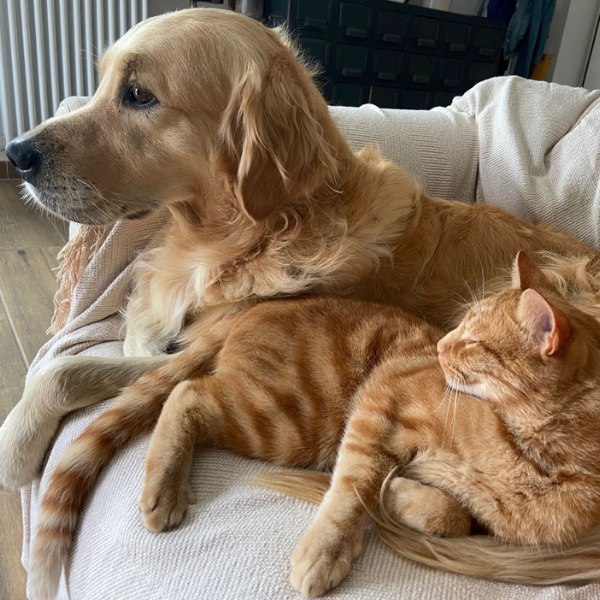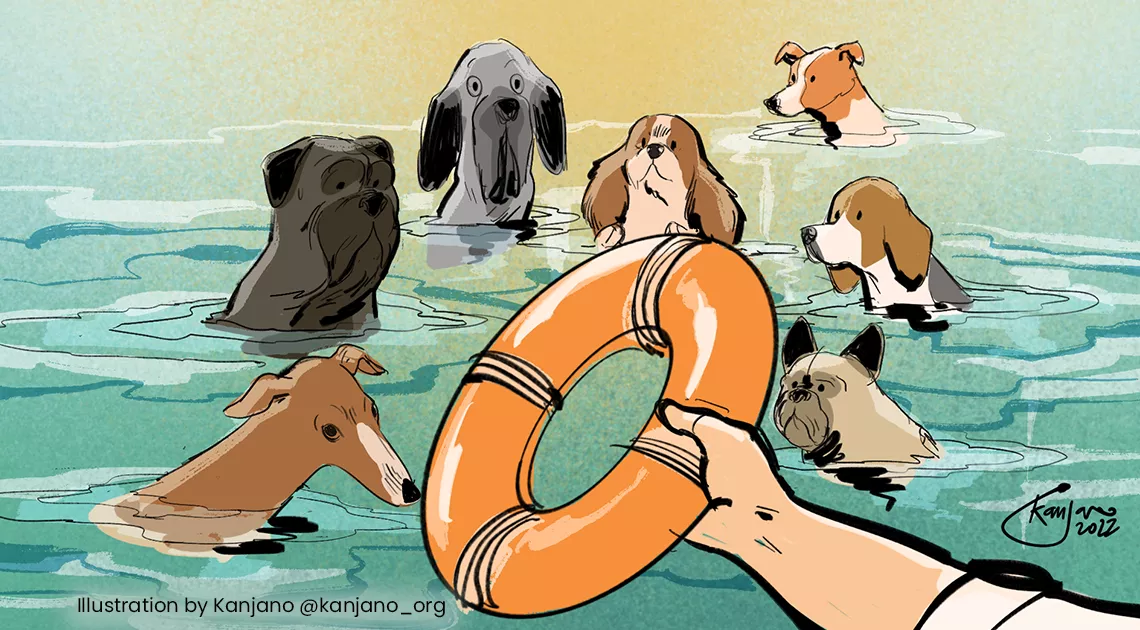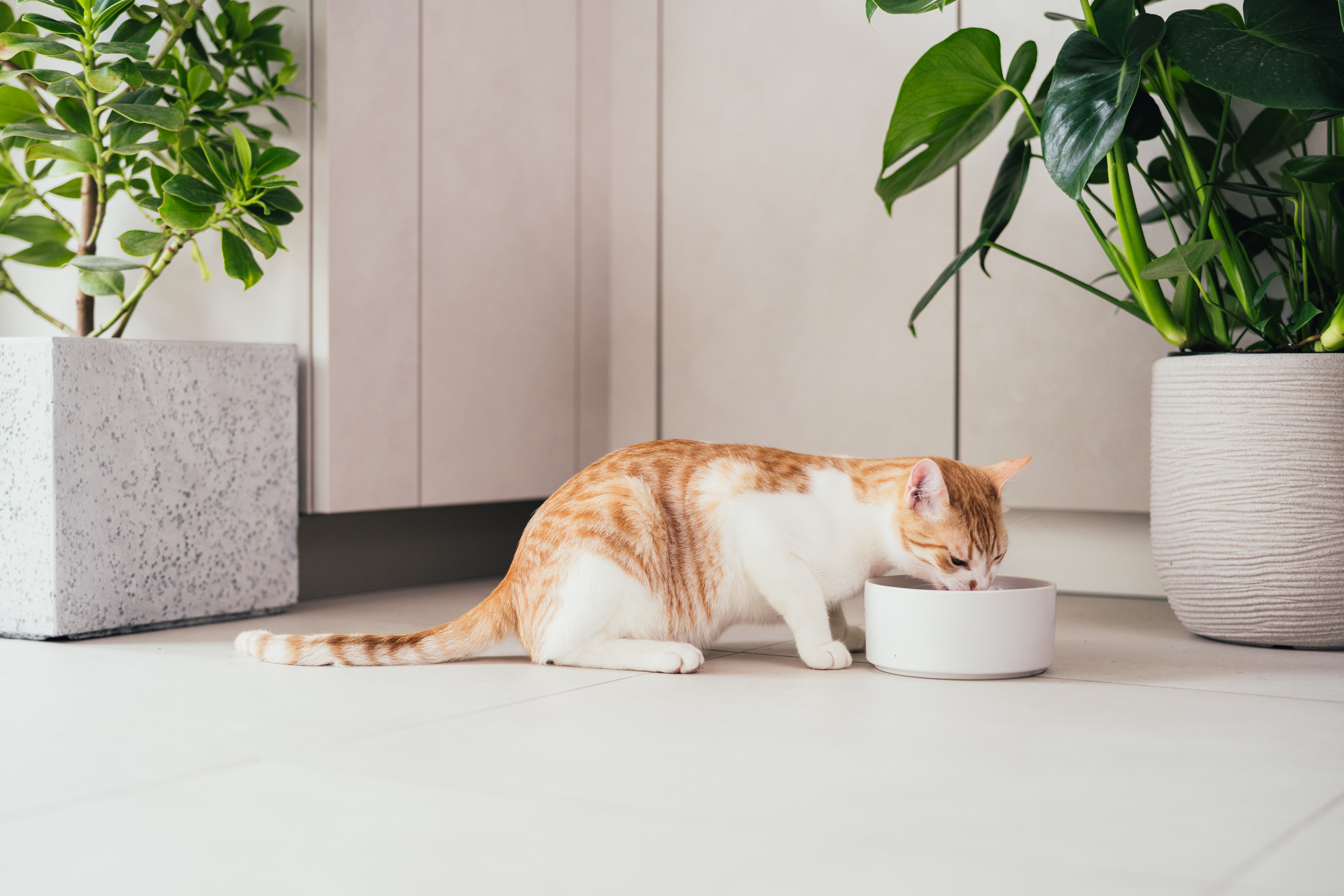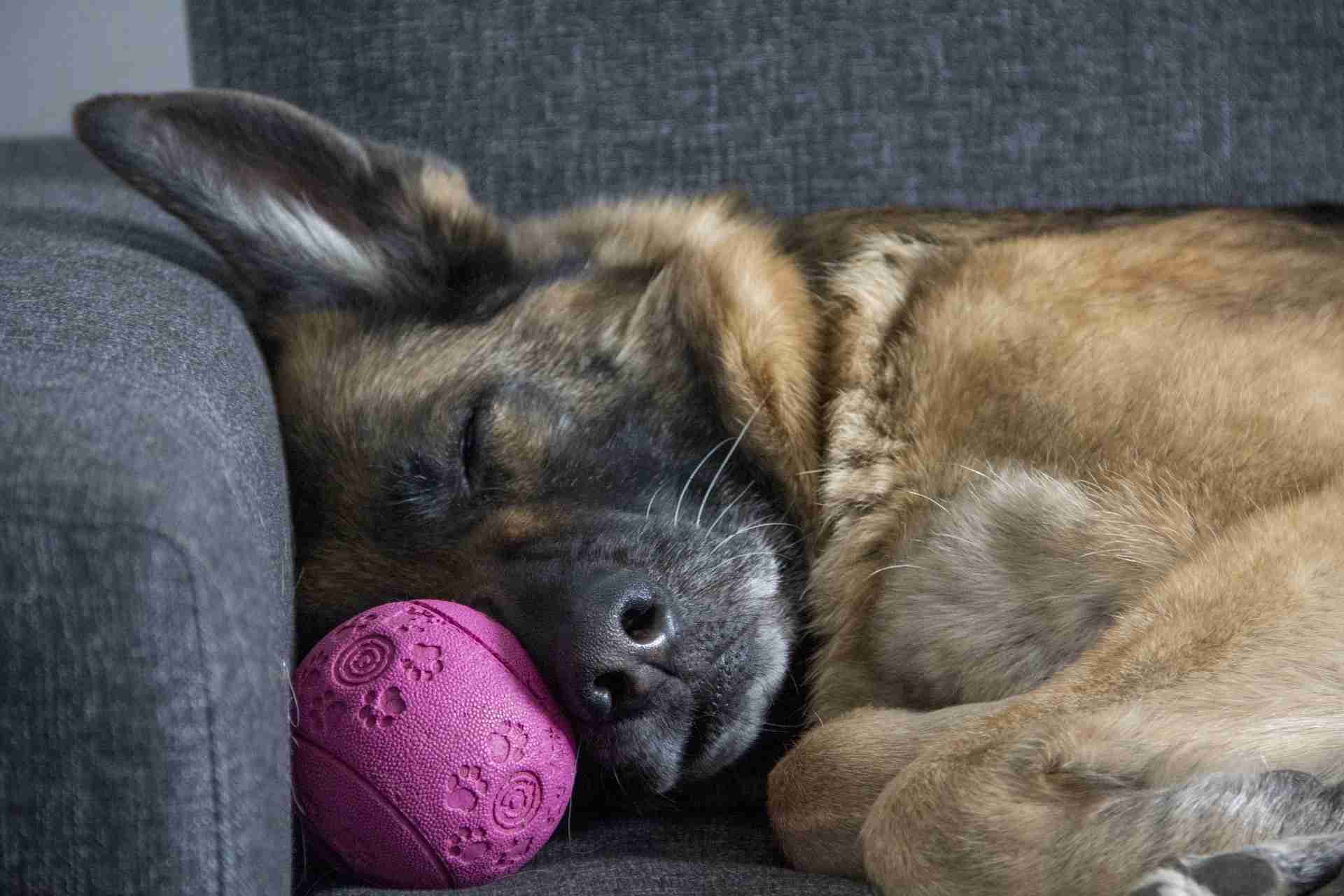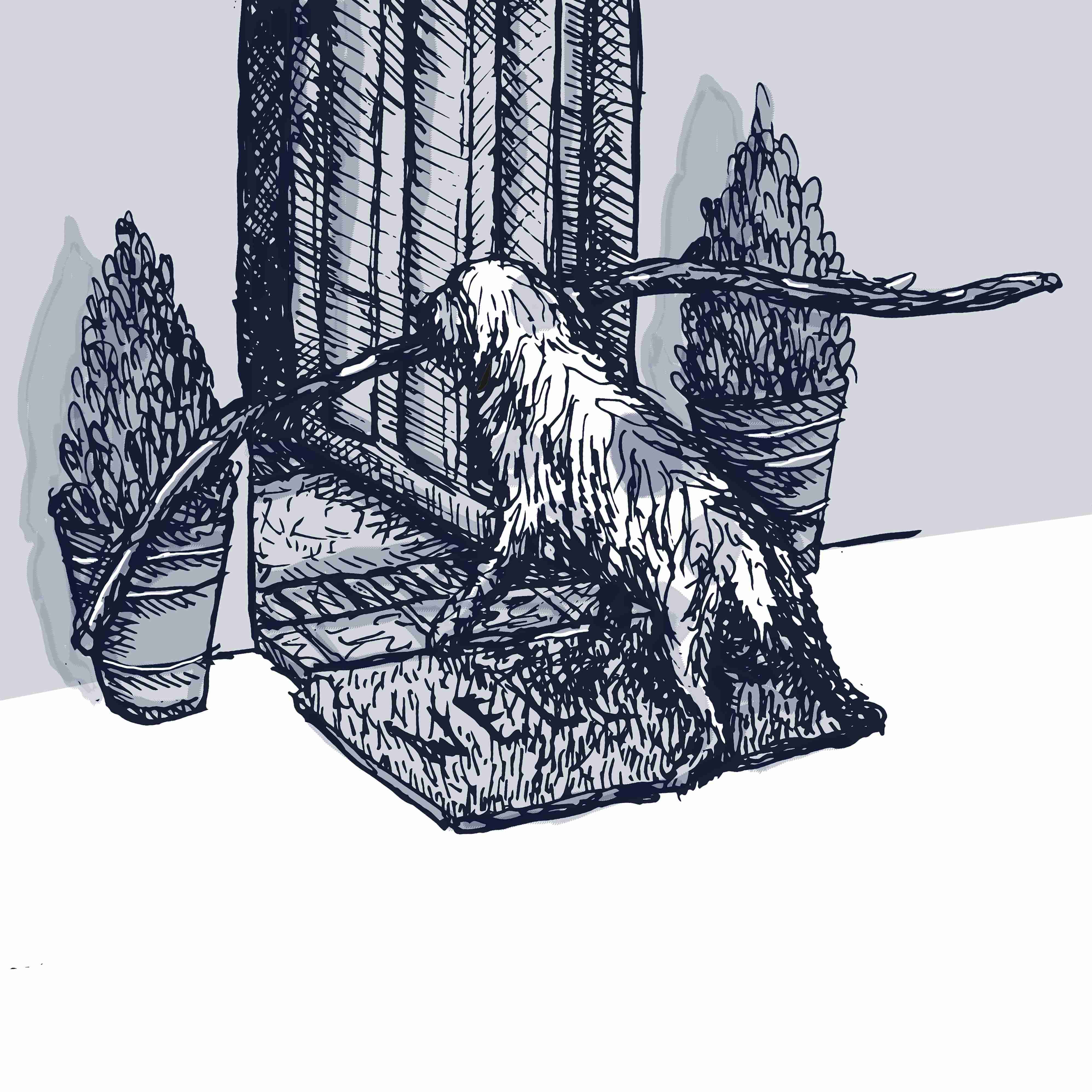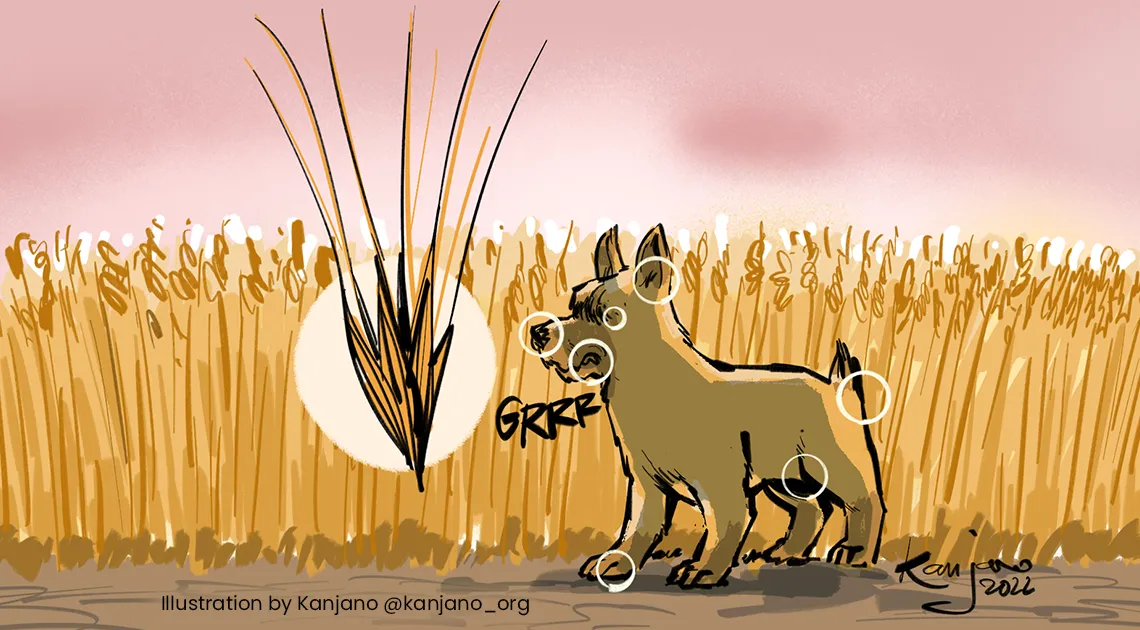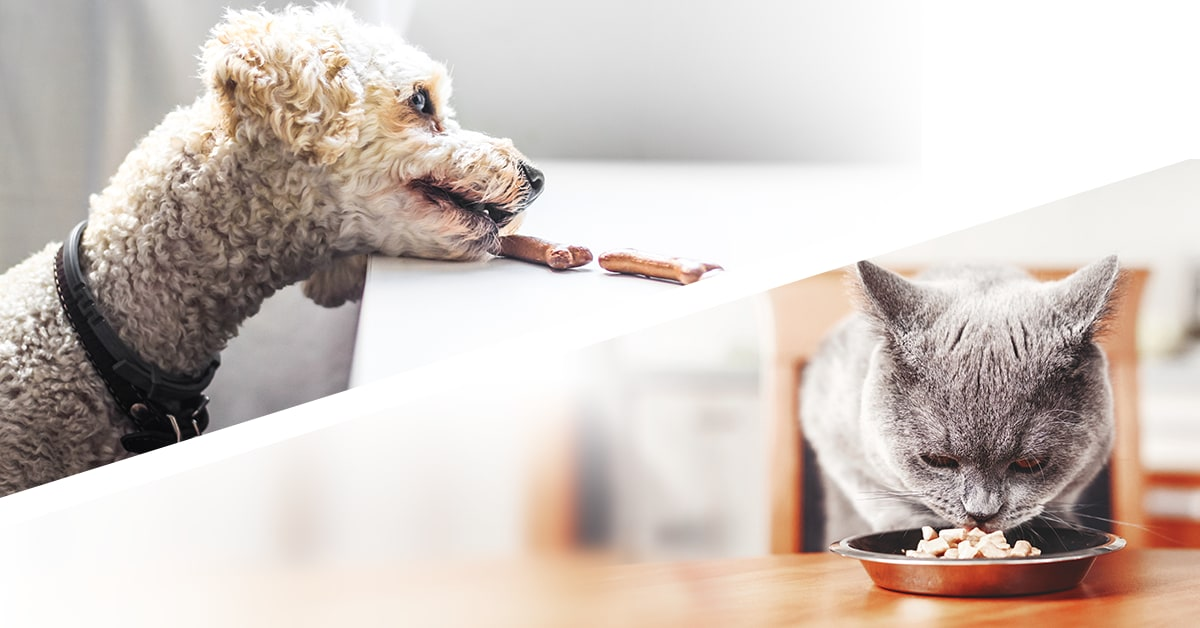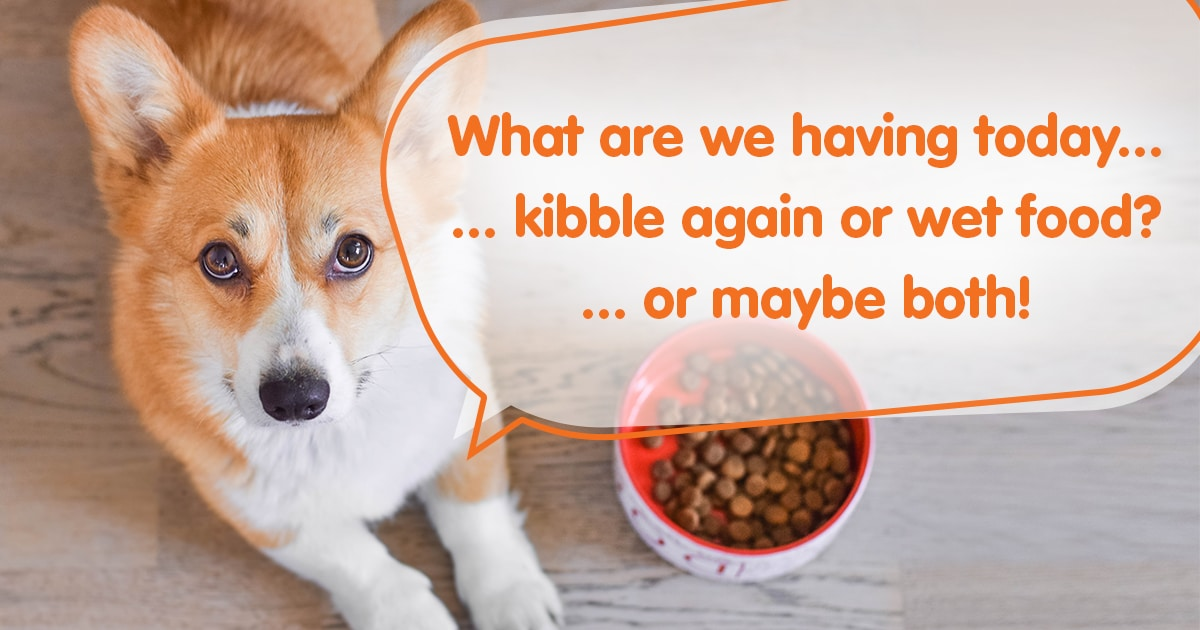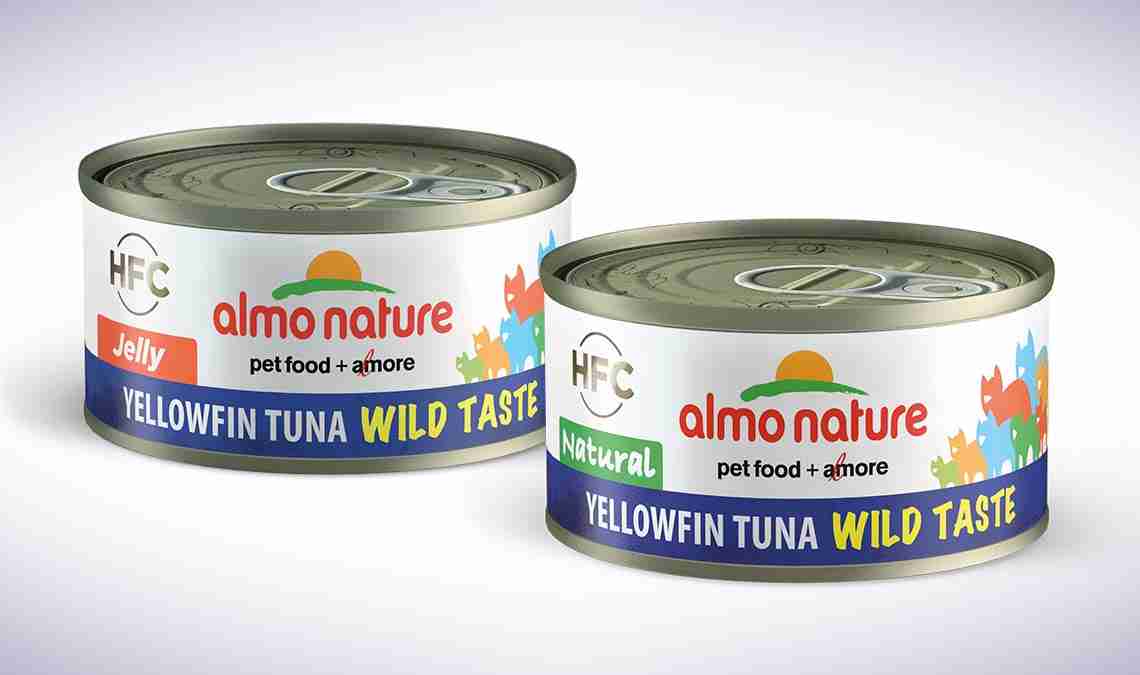KIBBLE and HYDROLISED PROTEINS
Protein broken into very small sizes, hydrolysed animal proteins enrich protein recipes without the risk of increasing the animal companion's sensitivity towards that same protein whatever its origin.
The pet food market in fact offers foods with different types of hydrolysed proteins inside that can be of animal origin, such as hydrolysed proteins of beef, chicken, tuna, etc ... or even of vegetable origin such as soy, often present in hypoallergenic veterinary diets.
But let's try to better understand what hydrolysis is.
Hydrolysis or breaking of bonds
Proteins are molecules that can be very large, they’re basically constructions that consist of many bricks, called the amino acids, and held together by bridges, so called bonds. Hydrolysis is a chemical process that breaks the bonds between the bricks and transforms the proteins into smaller molecules.
This breakdown occurs internally during the natural digestion process or externally due to hydrolytic enzymes that pre-digests proteins and transforms them into hydrolysed proteins.
The dimensions of these proteins are so small that the body no longer recognizes them as "possible allergens" but only as the building blocks that can nourish the body.
There are numerous advantages that can be obtained in nutrition using this type of protein, for example in dog and cat food:
- Improve digestibility by breaking down the proteins, making it easier to absorb them
- It helps to prevent possible allergic reactions
- Provide adequate amounts of animal protein, even if a body is predisposed to adverse reactions to some ingredients
Hydrolysed proteins, used as an ingredient in recipes for dogs and cats, are good sources of nutrition that are digestible and reduce the possibility of allergic reactions and/or intolerances towards that protein.
What does this mean?
Monoprotic foods that use hydrolyzed proteins always remain monoprotic because, even if the hydrolysed animal proteins originally belonged to a different animal species, they are so small, because they are predigested, that the body is unable to recognize them and absorbs them as proteins and that's it.
To better explain, a monoprotic salmon recipe, which contains hydrolysed proteins of other animal species, always remains monoprotic with salmon because the hydrolysed protein is "neutral".
This hydrolysis process allows HFC monoprotein kibble recipes to remain so even if they contain hydrolysed proteins.
HFC dry recipes are a good food to reduce the possibility of adverse reactions to some ingredients because they are made with only one animal protein. This does not mean that if the animal has allergy or digestive problems it is important to contact your veterinarian because the causes could be many.
HYDROLYSED PROTEINS:
- they are real proteins from a nutritional point of view
- they are "NEUTRAL" proteins no matter the animal species of origin, no matter if they are pork, chicken, beef, etc ... they remain "undefined"
- used in hypoallergenic foods because being predigested they do not favor the appearance of intolerances and allergies
- They are more easily digested
- they do not “pollute” a single-protein food

